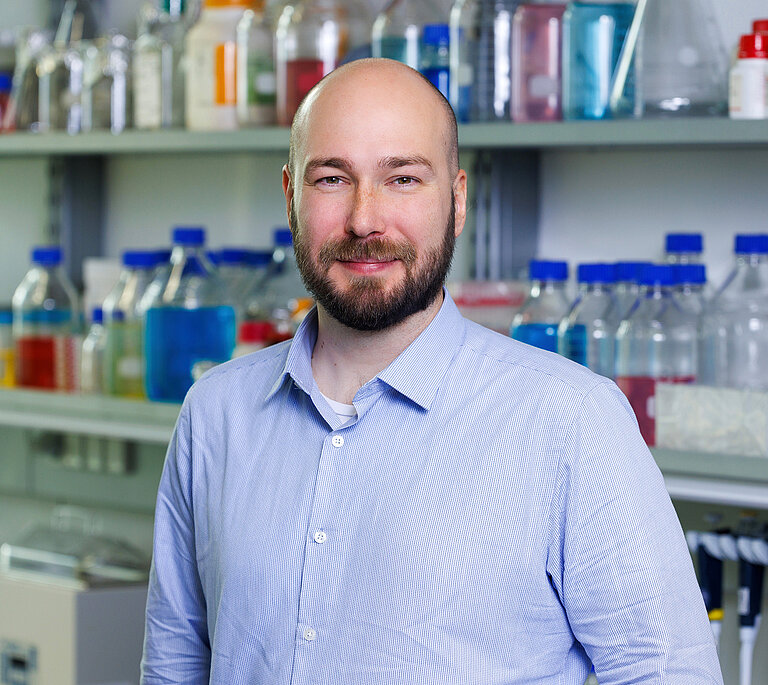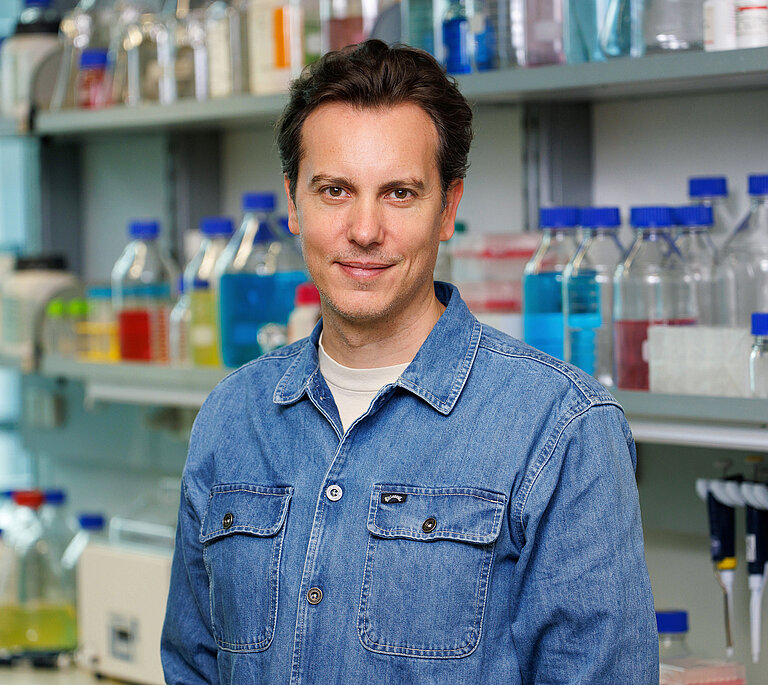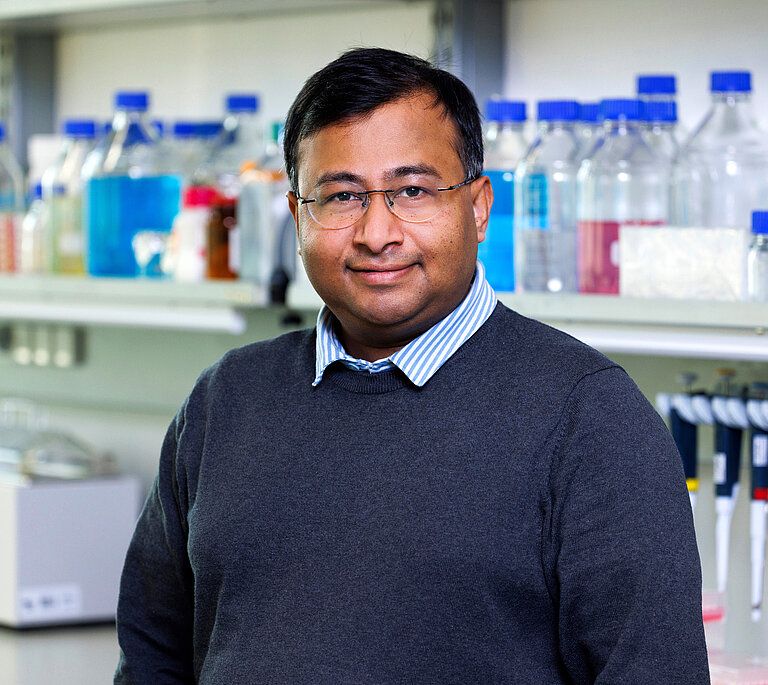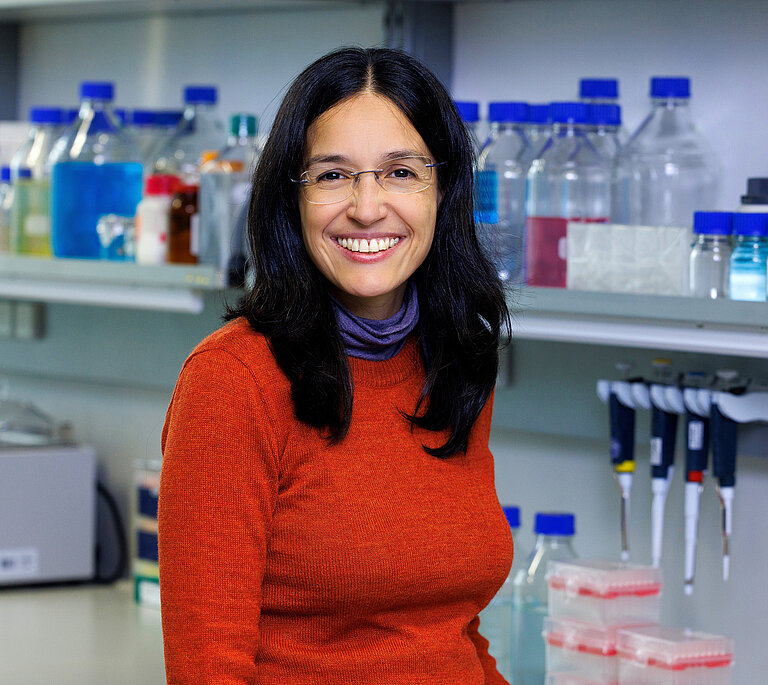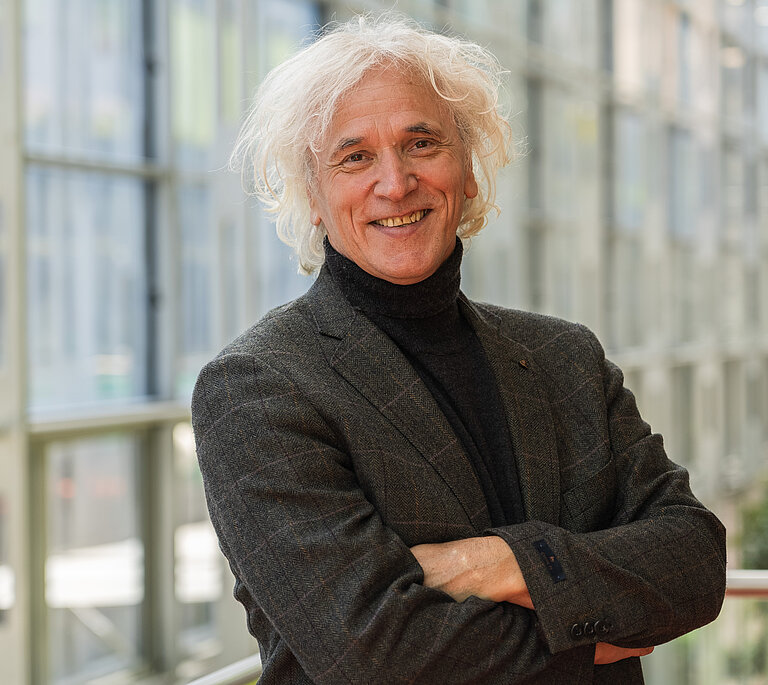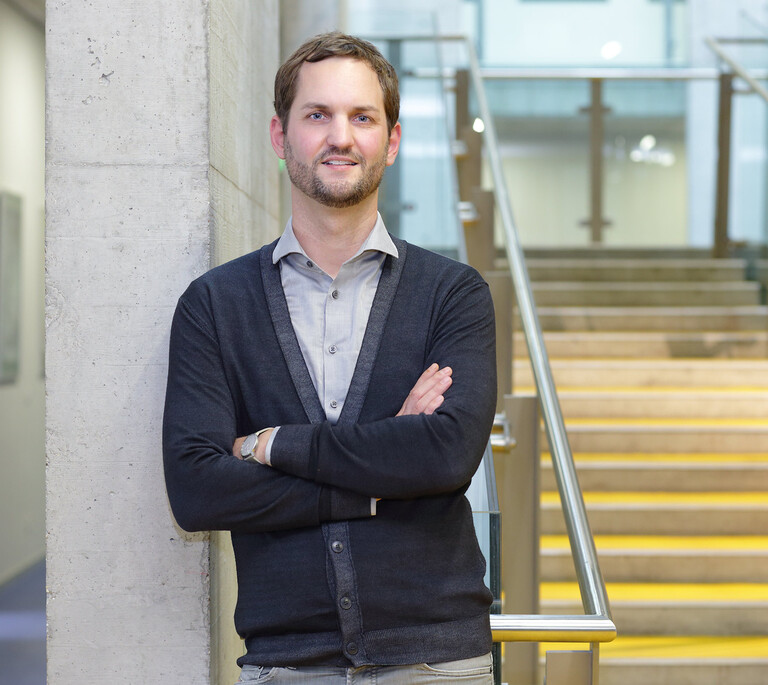GUEST RESEARCH GROUPS
Medical University of Vienna
ADJUNCT GROUP LEADERS
Principal investigators who have accepted a new position outside of IMBA, but maintain an affiliated status for a certain period of time to support the transition.
FORMER IMBA RESEARCH GROUPS
2014-2024 | Functional Genomics in Embryonic Stem Cells | |
2017-2023 | Homeostatic Regulation of Adult Stem Cells | |
2011-2021 | Chromatin reprogramming in totipotent Embryos | |
2013-2019 | Mechanisms of epigenetic memory | Keck School of Medicine of the University of Southern California, Los Angeles, USA |
2011-2019 | Ubiquitination: Mechanisms and biology | |
Kazufumi Mochizuki 2006-2016 | Small RNA-directed DNA elimination in Tetrahymena | |
Javier Martinez 2004-2015 | RNA metabolism in mammalian cells | |
Leonie Ringrose 2006-2014 | Quantitative epigenetics | |
Vic Small 2004-2013 | Emeritus Group - Cell motility | |
Thomas Marlovits 2005-2013 | Design and function of molecular machines | CSSB Centre for Structural Systems Biology, Hamburg, Germany |
Barry Dickson 2003-2005 | Information processing in defined neural circuits and complex behavior in Drosophila |



